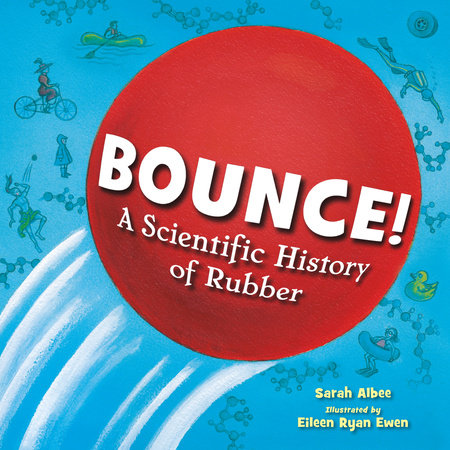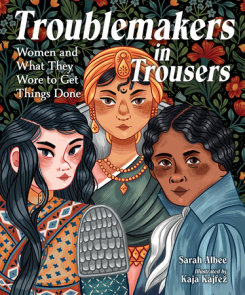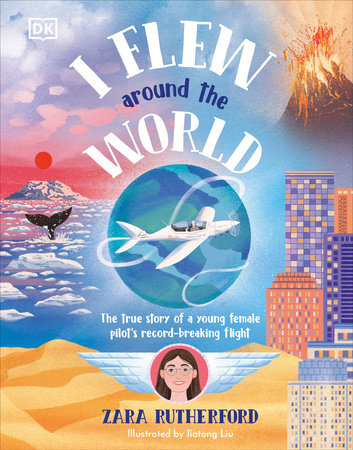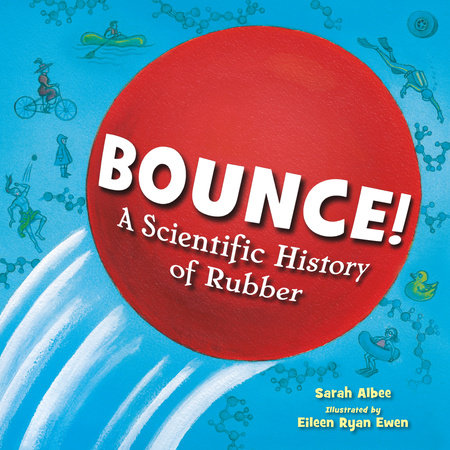

Bounce!
By Sarah Albee
Illustrated by Eileen Ryan Ewen
By Sarah Albee
Illustrated by Eileen Ryan Ewen
By Sarah Albee
Illustrated by Eileen Ryan Ewen
By Sarah Albee
Illustrated by Eileen Ryan Ewen
Category: Children's Nonfiction | Children's Picture Books
Category: Children's Nonfiction

-
$18.99
Oct 22, 2024 | ISBN 9781623543792 | 6-9 years
-
Oct 22, 2024 | ISBN 9781632893574 | 6-9 years
YOU MAY ALSO LIKE

Slide and Seek Shapes

Slide and Seek Colors

My Father’s House
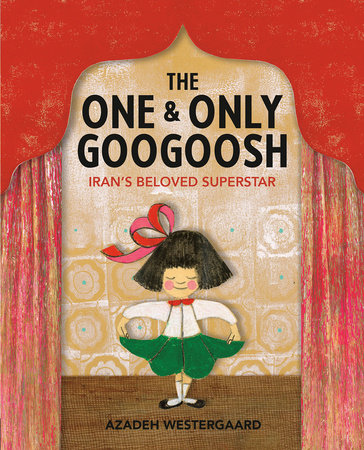
The One & Only Googoosh

Preteen Devotional for Girls

Every Body
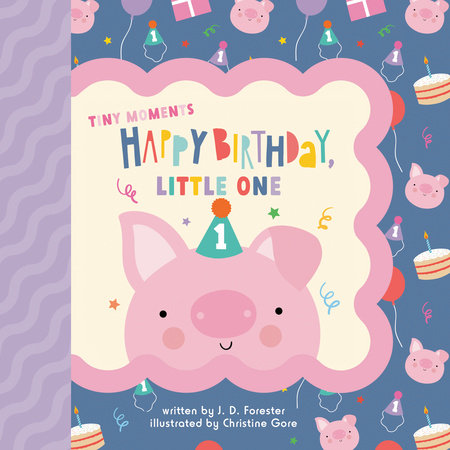
Happy Birthday, Little One

On Your Baptism Day

Whirligigs
Praise
♦ How a natural goo with miraculous properties flexed its way into sports, technology, and our daily lives.
Coming from cultures where the best balls available were stuffed with feathers or dried peas, 16th-century Europeans were likely astonished at seeing the bouncy latex ones in use in the American lands they were plundering. A few centuries later, the rubbery stuff was making up everything from boots to balloons, rubber bands to rubber duckies—especially after Charles Goodyear in the U.S. and Thomas Hancock in England simultaneously figured out how to stabilize, or “vulcanize,” it, and later scientists concocted synthetic versions. Albee expands on this story, giving full credit to the Indigenous peoples who first discovered latex and used it, and also forthrightly acknowledging that expanding demand for the natural product has subsequently led to widespread human rights violations and environmental problems. In seamlessly interwoven scientific digressions, she digs into the chemistry of polymers and of vulcanization, explains how rubber can float (or not), and why a rubber tire (which is “basically a huge, tire-shaped molecule”) grips the road so well. Ewen reflects the narrative’s effervescence with views of diverse groups of modern children, prim European figures in 19th-century dress, and Indigenous athletes, all exercising vigorously in pools, upon bicycles, or on various playing fields.
Albee plainly has a ball, and readers will, too.
—Kirkus Reviews, starred review
What makes rubber so bouncy? How does it stretch, or repel water? Albee explores this unusual substance, starting with its development by indigenous tribes in South America. The Spanish were intrigued by the rubber balls they saw used during games, and soon people were finding uses for rubber around the globe, from raincoats to erasers. Simultaneous discoveries by Charles Goodyear in America and Thomas Hancock in England led to a stronger, more stable rubber, which resulted in even more uses for the unusual substance. In addition to telling the history of rubber, Albee explains the science behind rubber and its unusual properties. Ewan’s pen, ink and watercolor pictures make the scientific explanations easier to understand, and whimsically illustrate rubber’s bouncy history. Back matter includes a timeline, selected bibliography, and an author’s note explaining some of rubber’s unfortunate effects on the environment and indigenous cultures. Curious readers and young scientists will enjoy this scientific and historical exploration of a familiar substance. This would make an excellent read aloud in older science classrooms.
—Children’s Literature
21 Books You’ve Been Meaning to Read
Just for joining you’ll get personalized recommendations on your dashboard daily and features only for members.
Find Out More Join Now Sign In






